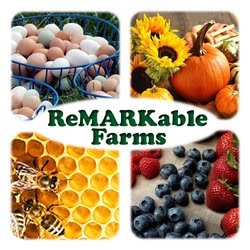Raised garden beds
Now that we know we have voles and pocket gophers (thanks Runner Bean Ranch) EVERYWHERE! I have realized that the only way we are going to grow a good amount of vegetables is with raised beds that have hardwire on the bottom (to keep the critters out!).
In the old barns, there were a bunch of old stock tanks. Most of them had holes and had been patched multiple times. They were really not good for anything. I decided to use these old stock tanks for some of the raised beds in our garden.
There were actually 7 stock tanks! Can you believe it! We kept the smallest one which was hidden. It had been surrounded by insulation to keep it from freezing in the winter. This one is in almost perfect condition so we decided to keep it, in case we some day get a large animal...some day...not any time soon...
 |
| Small stock tank we "found" in a wooden crate surrounded by insulation. |
First, Henry had to mow the garden area. It was like a jungle with grass and weeds taller than me...
Then, I positioned the stock tanks where I wanted them.
I drilled some drainage holes into the bottom.
I dug out a little bit to try and get the tanks level. The idea is NOT to bury them, just to get them level.
Then, I put in some large rotten logs (sound familiar). Using the rotten logs just like in the hugelkultur beds...
Put some smaller pieces of rotten wood on top of the large logs.
Here is where I start to put the pocket gophers to work. One day, I went to sit down at my desk to work and I look up and see dirt flying through the air...
I was not able to get a better video of the little guy but this gave me a great idea. I knew I was going to need a LOT of dirt to fill the stock tanks. Even though they were half full of wood, it would still take lots of dirt to fill up the tanks. Since the pocket gophers were working so hard to mound up all this dirt, I decided to harvest it. Mark and I drove around in the Polaris and filled up buckets with gopher mound dirt.
Then, Mark helped me put the dirt into our stock tanks.
We filled the stock tank up and then watered it.
It is hard to tell in this next picture but I finally got a lead on a rabbitry with free wood shavings mixed with rabbit poop! So I put a good layer of this in the tank.
Then, I put a thick layer of half composted materials from my hot composting bin on top of the rabbit poop shavings...
Then, I covered that with shredded hay from the barn.
I will add more layers in the spring as this settles and before I get ready to plant! I did get a chance to plant some garlic in one of the tanks and I will be sharing that in a future post...
I am planning on making some more traditional raised beds with wood sides and the hardware cloth on the bottom. I will also post a pics of that...I may even get started on it over the Thanksgiving week. We are supposed to have mild (and wet) weather...
~Denise

























